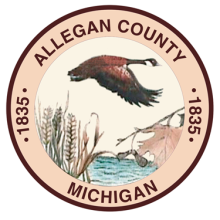Allegan County, Michigan Zeroes in On New Open Access Fiber Network
Allegan County, Michigan is moving forward with an ambitious new plan to bring affordable fiber broadband to 12,000 unserved addresses across the county. The project will be in partnership with Southfield, Michigan based 123NET, made possible in large part due to more than $17.7 million in county American Rescue Plan Act funds.
“123NET has proposed a fiber to the home proposal to approximately 12,000 addresses of residents who don’t have access to 100 Mbps (Megabit per second) download fixed service,” Allegan County Broadband Project Manager Jill Dunham told ISLR.
According to the county’s website, the Allegan County broadband Internet access project first began when the county commission approved a resolution to form a Broadband Action Workgroup, which started meeting back on August 8, 2021.
The county has since constructed a four-part broadband expansion plan that promises to deliver 12,000 unserved addresses affordable fiber connectivity providing at least 100 Mbps downstream and 25 Mbps upstream, now effectively the standard in federally subsidized new broadband deployments.
According to the county, the path toward breaking ground involves ensuring Rescue Plan fund eligibility, hiring a project lead, bringing in additional project partners and other outside advisors, gathering data to ensure project goals will be met, and then putting it all together to implement plans for increased accessibility.




